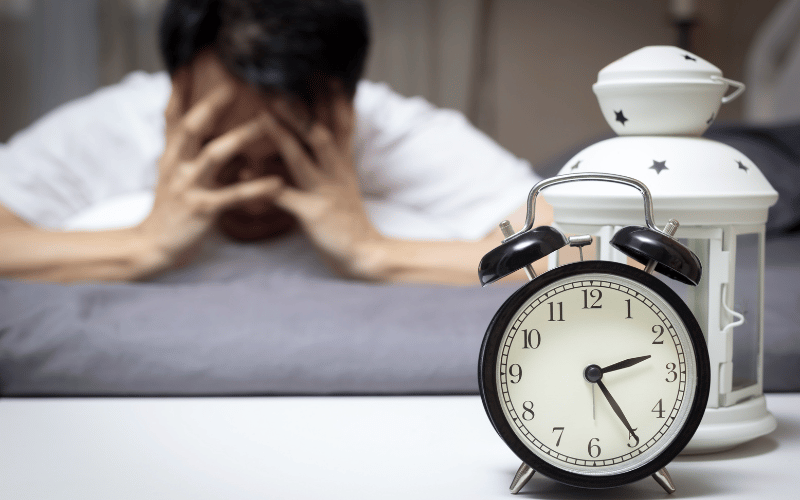Fact 7: Sleep Disorders and Bruxism Are Bedfellows

Sleep should be a time of rest and recuperation, but for many, it becomes a battleground of disorders. Bruxism often doesn’t exist in isolation. It frequently co-exists with other sleep disorders, weaving a complex web of nocturnal challenges.
One of the most common bedfellows of bruxism is sleep apnea, a condition where breathing temporarily stops during sleep. The relationship between the two is still a subject of research, but a theory suggests that the jaw moves forward by grinding, inadvertently opening up the airway, and momentarily resolving the apnea.
Beyond sleep apnea, bruxism has been linked to other sleep-related disorders like snoring, night terrors, and even restless leg syndrome. This intricate interplay between disorders can make diagnosis and treatment a challenging endeavor.
For many, the revelation of co-existing sleep disorders comes via symptoms experienced during waking hours. Daytime drowsiness, fatigue, mood swings, and of course, the signs of bruxism like dental wear, all act as breadcrumbs leading to a deeper underlying issue.
Given the intertwined nature of these disorders, managing them often requires an interdisciplinary approach. Dental interventions might alleviate bruxism, but understanding and treating co-existing sleep disorders is equally pivotal. Sleep studies, combined with dental and medical evaluations, pave the way for comprehensive care. (7)